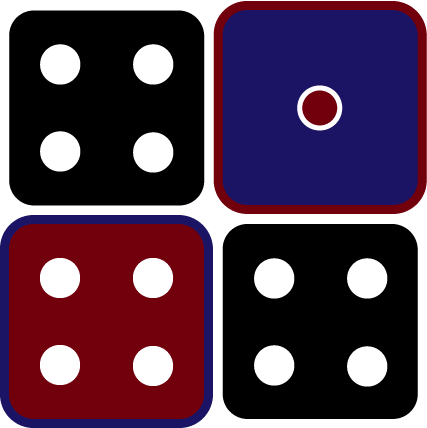Girl Time is an immersive installation dedicated to sharing femme stories, created in collaboration with classmate, Prisha Jain. This installation draws inspiration from the deeply personal conversations that unfold in women’s restrooms—spaces of vulnerability, camaraderie, and unfiltered expression. Through interactive and generative elements, Girl Time invites users to step into the experience of being female-identifying, capturing its beauty and struggle. No two users will have the same experience, the same way no two women do. It is a space where whispers of encouragement, secrets, and moments of collective empowerment come to life, offering a window into the emotional landscapes that define femme existence.
Girl Time comes together using Arduino, p5.js, and Tone.js. The removable objects are magnetized, and the magnets are detected by hall effect sensors. Through serial communication, the sensors send messages to p5, which initiates sound and video corresponding to the object, with added randomness.

Laser Cutting Box Walls

Base of Box Together

Checking Input Fits

Circuit
The Circuit Works!
Playtesting & Changing Code
After user and playtesting the circuit on the three different visuals, I gathered that people seemed to resonate with the body segmentation more than the other two. Some even suggested that I only focus on one. I agreed, because it felt like having to go to the computer to change the visuals kind of took people out of the experience of really getting to play with the box. I also didn't love how the buttons would only do these effects that would just diappear, and you'd have to keep pressing them to see something show up. It didn't feel impactful. From here, I decided to pair back and focus on one visual and really beef it up. I basically placed the soundStorm effects into the videoKill sketch. ML5 seems to not be able to function in a sketch while it is sound reactive, so I had to abandon that aspect of the project. From here, rather than having the effects be one off on the press of a button, I wanted them to just turn on and off. Furthermore, in order for all the buttons on the box to have a use, I had to create two new effects to fill the empty space. My classmate had sent me a cool delay effect on a grid of video captures, and when I got it working in the greater sketch the color changes over time were really fantastic. I also added this super cool laser sketch, which I used Chat GPT to help me get it moving. To be clear, with how long the code is, I did use Chat GPT to help organize and comment the code out so it's easier to understand. Before I had done that, everything was all over the place and it was very difficult to find things so I could change them.
Finishing Fabrication
While changing the code, I was also painting the box and putting the circuit together inside of it so that people could really get a feel for how the different inputs would function. Another classmate had given me the idea of putting vinyls on the rotary encoders so that it really felt like spinning a record to mix up visuals. I thought that was cool, so I got smaller vinyl record coasters and dremeled them to fit as rotary encoder caps.

in the spray paint booth

galaxy painted box

galaxy painted box cover

mess of soldered wires/inputs

Full Fabrication
Execution
Here's a video of the project working, as well as the final source code! -->
